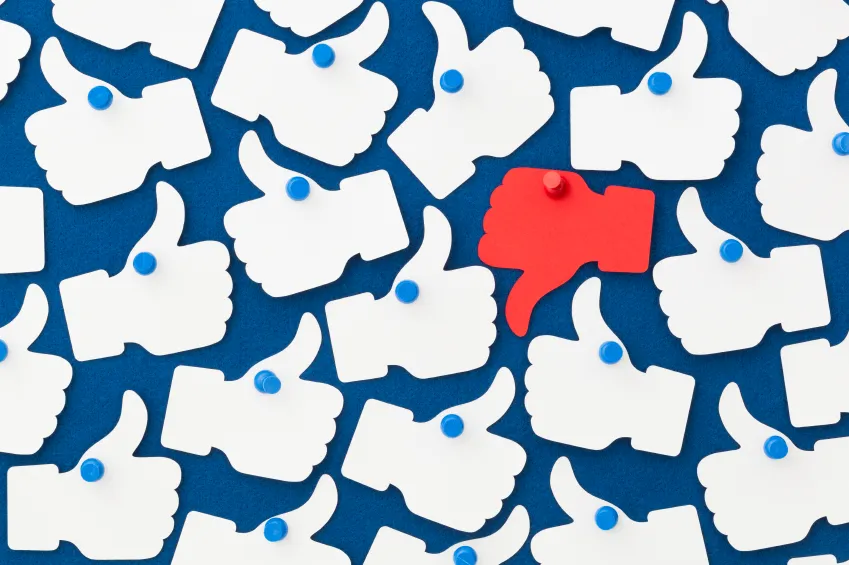
When a Company Decision Goes South in Social Media
Do these sound familiar to you?
“Let’s just put this ad in this magazine publication. It will get great reach.”
“This tagline is hilarious. Let’s tweet it! Hurry, get it out before the end of the day!’
“Who is this journalist to write this disparaging comment about my company? I am going to school them on Twitter.”
While all of the examples mentioned above start in different places (conference rooms, advertising meetings, hallways), they each have something in common – social media fallouts. We are firm believers that social media activity is lead by being a digital detective. It’s imperative to understand a client’s consumer base while extrapolating scenarios after a message is put into the world.
Let’s review the “oopses” that resulted from each of the examples I cited above.
1. Bloomingdale’s
 For their holiday 2015 campaign, Bloomie’s ran an ad with this copy: “Spike your best friend’s eggnog when they’re not looking.”
For their holiday 2015 campaign, Bloomie’s ran an ad with this copy: “Spike your best friend’s eggnog when they’re not looking.”
The Internet erupted when sight of this ad hit the Facebook and Twitter feeds of the masses. Did Bloomingdale’s executives who approved this not see the negative repercussions of such a statement? The PR and digital communications that ensued after this ad ran dominated social conversation for weeks – and not the kind of conversation Bloomindale’s wanted.
The takeaway: If you work on the creative end of a brand, think about every angle in which the public would take your copy and images. It’s understanding that you may be working in a brand silo, with the blinders on surrounding brand tone, feel and image. At the same time, how is this type of image and tone you’d like potential customers to match.
2. IHOP
IHOP is known to have a tongue in cheek personality, but they may not have understood what a descriptor such as ‘flat’ would really mean. Their tweet — “Flat but has a GREAT personality” — pushed people over the Twitter edge. Did IHOP intend for this message to mean a woman’s body? Was this message meant to have two meanings?
The takeaway: Getting approval for a brand tone to be quirky or “out there” is a tremendous social media achievement. In many organizations, getting the color schema of a Facebook cover photo takes long enough. This is where I throw in a big however. The giggle or snicker you may get for thinking of some copy that you know could push buttons and offend your consumers isn’t the best route to take. Oh sure, any PR is good PR, right? Wrong. Not when it comes to building the trust of your consumers. Once you lose that, it takes more time and money to get it back.
3. HP and the Financial Times
What happens when an executive at a global company doesn’t like something that a reporter wrote about the company CEO? Let’s find out.
Recently, a Financial Times reporter wrote her opinion on some news that HP CEO Meg Whitman shared. The head of marketing and PR for HP then went on to write a letter back to the reporter and appeared to threaten the pulling of advertising dollars because of the reporting outcome. True, this entire exchange did not happen over social media, but what the reporter did next would spill into public purview.
First, the reporter used her column to respond to each point made by the HP executive. After the article was written, the reporter then used Twitter to express what she had done, while calling out the HP executive. The entire world was now exposed to not only the initial communication between the executive and the reporter, but HP had to deal with bad press and come up with an explanation for the words of their executive.
The takeaway: It’s so easy to copy, paste, and submit anything and everything. Every major corporation should conduct a bit of training with their teams to remind them as to how quickly anything they say in a digital fashion can be redistributed.
At the end of the day, strategies for your consumers may start and end in the analog world. Somehow, good and bad, social media usually takes hold of those strategies and leaves it to the public to decide whether it was a good strategy in the first place. I encourage you to work with as many members of your teams and build scenarios around how your marketing campaigns translate online.
VP of Digital Media

